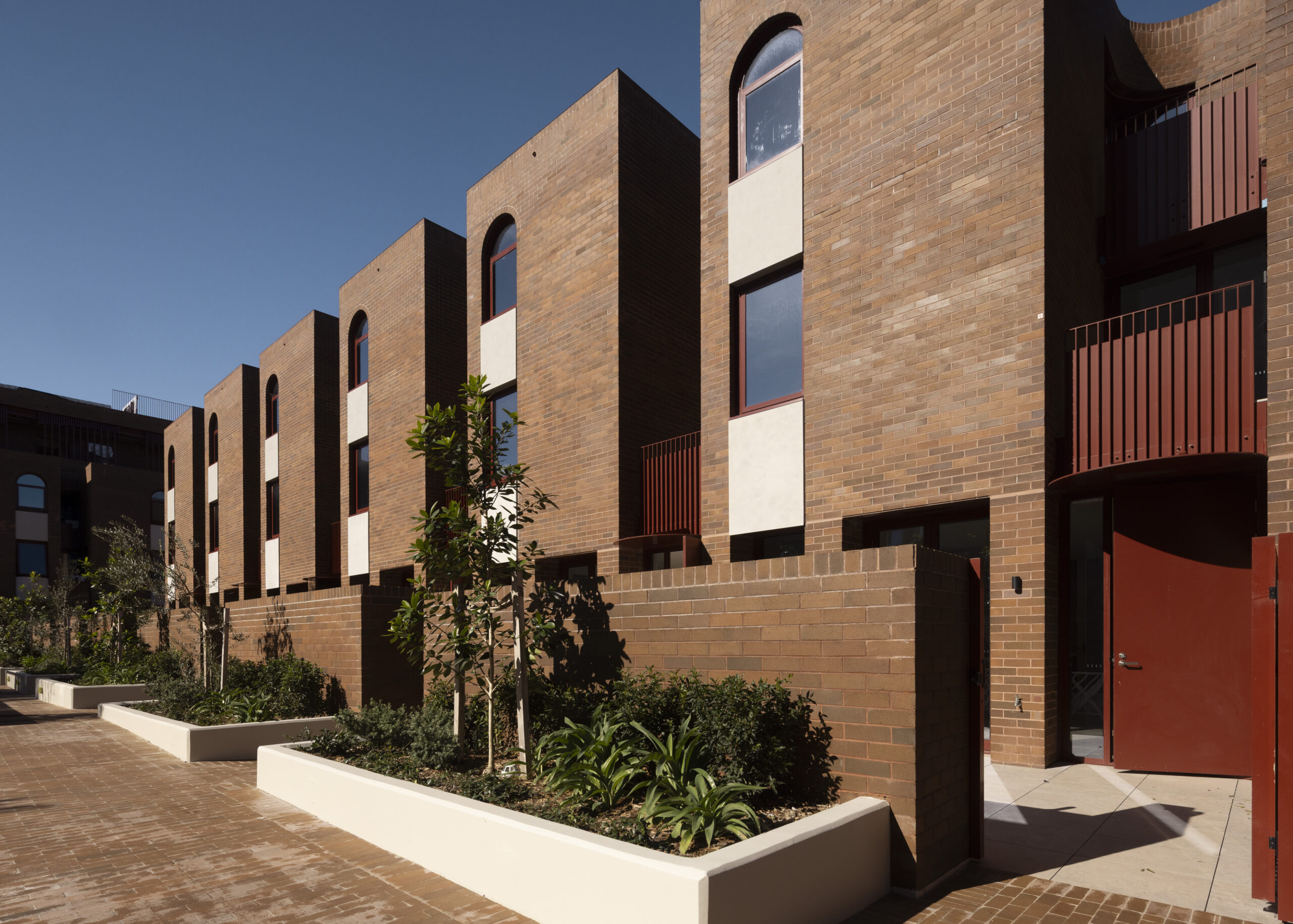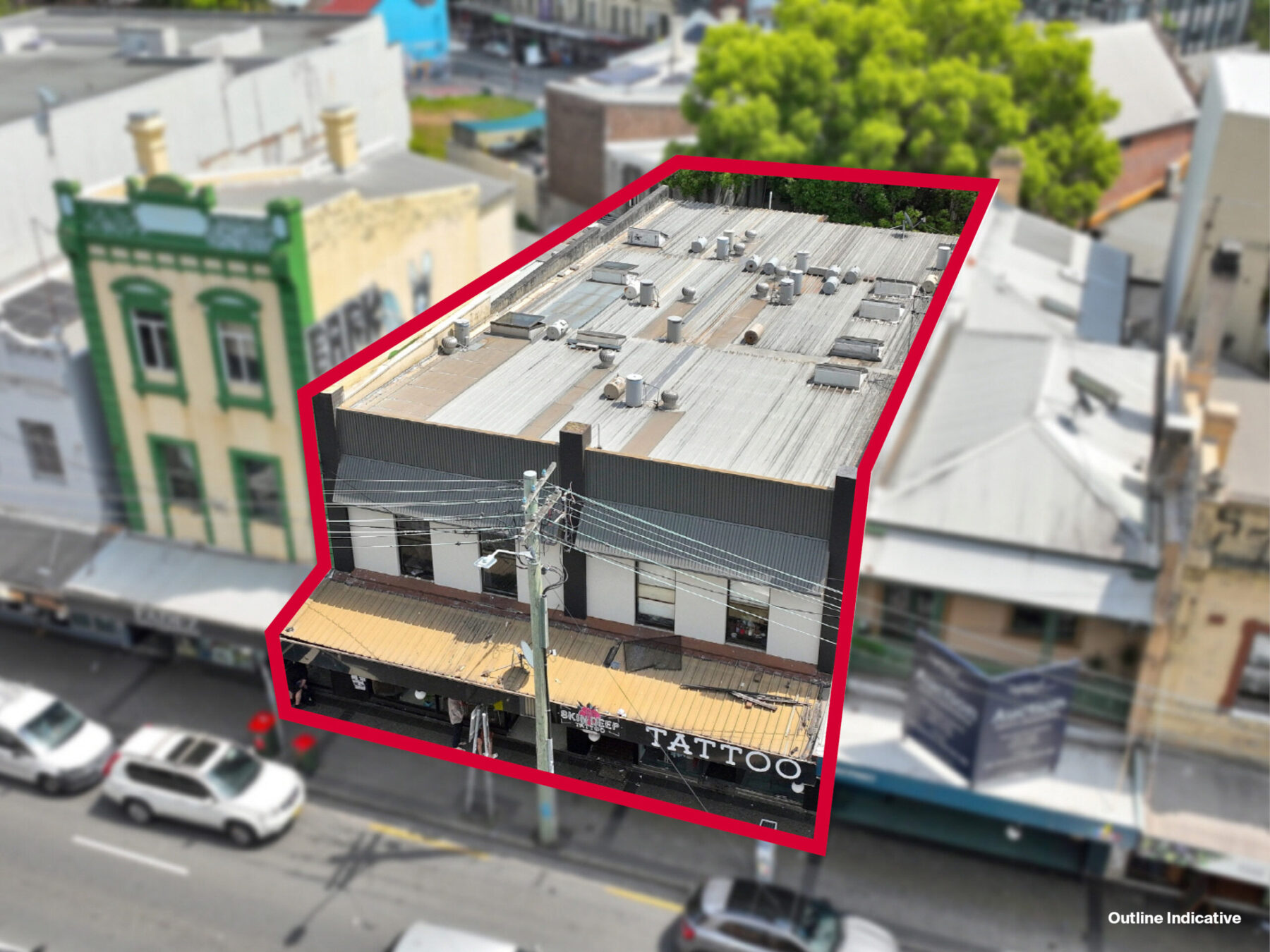
Article by Mr. Kunal Sawhney, CEO , Kalkine.
The Australian property market has been on fire since the beginning of 2021. The property prices are hitting record-high levels on the back of strong demand from first-home buyers and owner-occupiers, coupled with solid monetary and fiscal stimulus. At a time when the property market is going uphill, concerns are mounting that surging housing prices are aggravating the housing affordability problem.
Subdued Income Levels Remain a Cause for Concern
While the house price boom appears to have taken some breather in April, the nation seems to be in a bigger housing affordability crisis with properties moving beyond the reach of many buyers. Despite a fall in mortgage rates to an all-time low, the properties are becoming unaffordable for most Aussies. The latest statistics from CoreLogic reveal that low-income earners could afford to purchase just 15.1% of Australian houses as of May 2021.
With property prices rising faster than incomes, it may not be a smooth sail for lower-income households and first home buyers to secure a house deposit. The skyrocketing cost of a house deposit has further complicated the uphill battle for low-income earners to enter the housing market.
Is Labour Market Revival a Solution to Affordability Crisis?
A rapid recovery in the labour market can ease the affordability crisis to some extent. But the real question is how far we can count on the job market revival given the potential withdrawal of government support. It is yet to be seen whether the labour market has powered through the end of the wage subsidy program in March, with unemployment data for April due later this month.
However, the central bank is quite confident over the strong pace of revival in the nation’s job market, anticipating the end of wage subsidy support to be a minor bump in the road to economic recovery. In case the job market manages to shrug off these headwinds, it may cool off the housing affordability problem on the back of a potential rise in household income.
Nevertheless, we cannot neglect that a strong labour market can potentially build inflationary pressures if the central bank turns to an interest rate hike on the back of economic revival. This may put off some mortgage holders from taking housing loans at high interest rates, easing property demand to some extent.
The current scenario calls for an effective policy setting that stimulates the building of affordable homes in Australia to cope up with the under-supply problem. Besides, macroprudential regulation may be needed in the near term, given the latest loan approvals data reflecting at factors that can amplify the prices further.
Mr. Kunal Sawhney, CEO , Kalkine.



